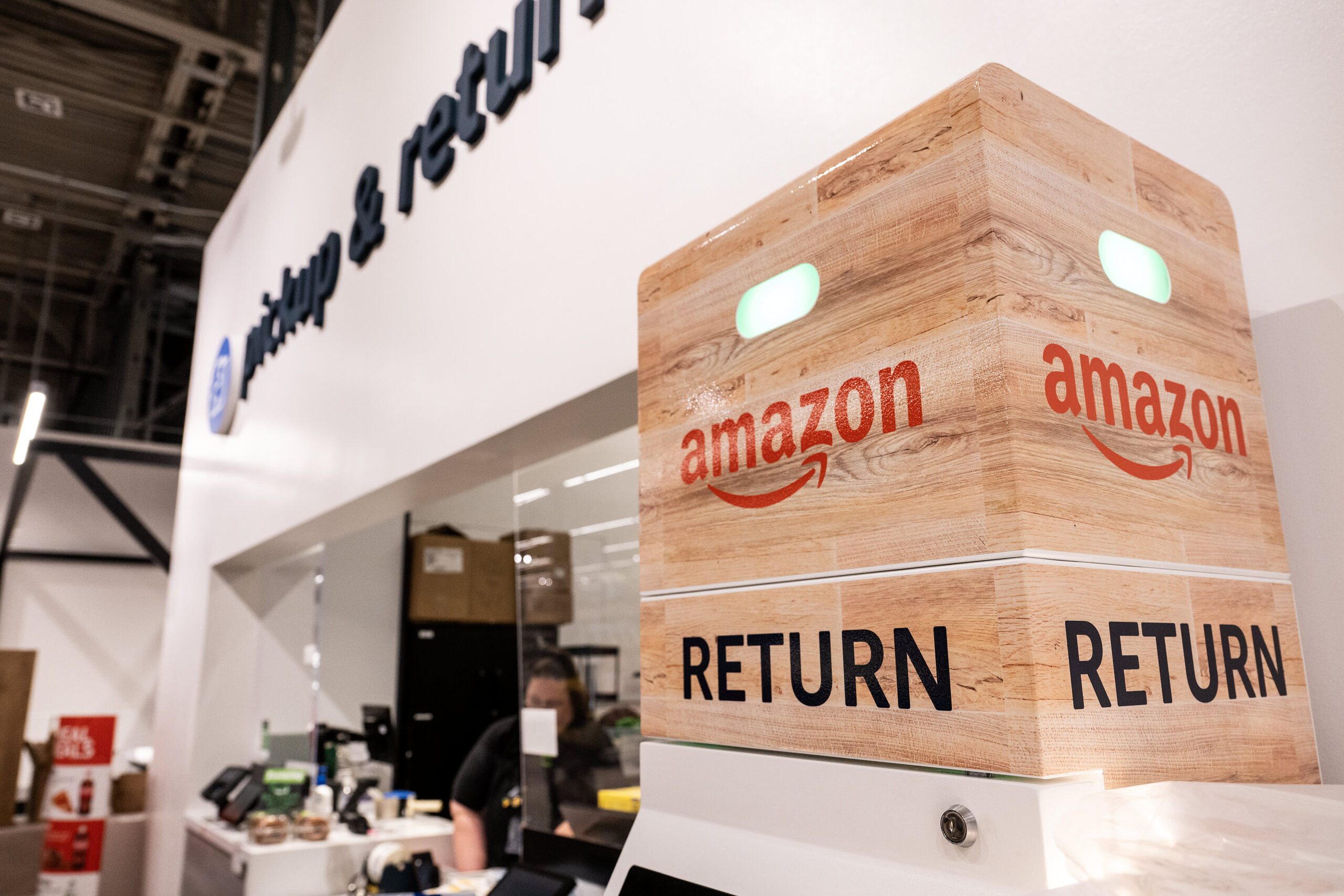Generous Policies, Costly Consequences
So, in recent years, online shopping got a major boost with retailers rolling out super lenient return policies to win over customers. But surprise, surprise – turns out, that generosity is biting them back. As more of us click our way through virtual aisles and send stuff back, retailers are facing a surge in return fraud. And yeah, it’s not just innocent exchanges we’re talking about.
The Price of Generosity: A $101 Billion Headache
According to a survey by Appriss Retail and the National Retail Federation, retailers estimate a whopping 13.7% of returns – that’s $101 billion worth – were fraudulent last year. The holiday season was even wilder, hitting 16.5% or $24.5 billion worth. Yikes! As if that wasn’t enough, many retailers are extending return windows, adding fuel to the fraud fire.

Fraud Takes the Crown
Ask any retailer what keeps them up at night, and they’ll probably say it’s not the fear of running out of stock. Nope, it’s fraud – and it’s the number one concern. Vijay Ramachandran from Pitney Bowes doesn’t mince words, saying fraud is the kingpin issue.
The Costly Business of Returns
Processing an online return is no pocket change. On average, it sucks up about 21% of the item’s value, and for half of the retailers out there, it’s even more. The cost isn’t just about higher shipping and processing expenses; fraud is making the whole ordeal even pricier.
Sneaky Tactics on the Rise
Return fraud isn’t just a single-player game; it’s a whole league. Empty boxes, swapped items, returning stolen goods – these are the MVPs of fraud tactics. Saks CEO Marc Metrick spilled the beans that “merchandise not received” complaints have more than doubled over the past few years. Sneaky moves like returning a box of bricks instead of a TV or finding a receipt in the trash to return an item are on the rise.
The Big Picture: Frauds Getting Crafty
Fraudsters are getting creative, and it’s not just about returning stolen goods. There’s this thing called price arbitrage – buying on sale, returning at full price, and pocketing the extra cash. Credit laundering is in the mix too, where they use gift cards or store credit to buy stuff, return it, and shuffle the money around. Appriss Retail even shared an example of someone raking in over $224,000 by pulling off more than 1,000 fraudulent returns across multiple states.
Return Abuse: More Common Than You Think
Fraud isn’t the only player in the game; there’s also return abuse. You’ve got “bracketing,” where folks buy multiple sizes or colors with plans to return what doesn’t work – not exactly fraud, but still a headache for retailers. Then there’s the infamous “wardrobing” – buying, using, and returning. A survey by Forter spilled the beans that a whopping 56% of consumers confess to “wardrobing.” And get this – one in four folks admitted to buying something during the 2023 holiday season with the intention of returning it after a spin.
The Reality of Return Abuse
Doriel Abrahams from Forter says intentional returns after use are a whole new level of problematic. Apparently, nearly half of those planning to “wardrobe” during the holidays were aged 18 to 34. And it’s not just clothes; people are pulling this stunt with all sorts of items – tools, drills, you name it.
In a nutshell, while we’re busy enjoying the luxury of easy returns, retailers are facing a hefty bill, thanks to the wild world of return fraud. The price of convenience, huh?
